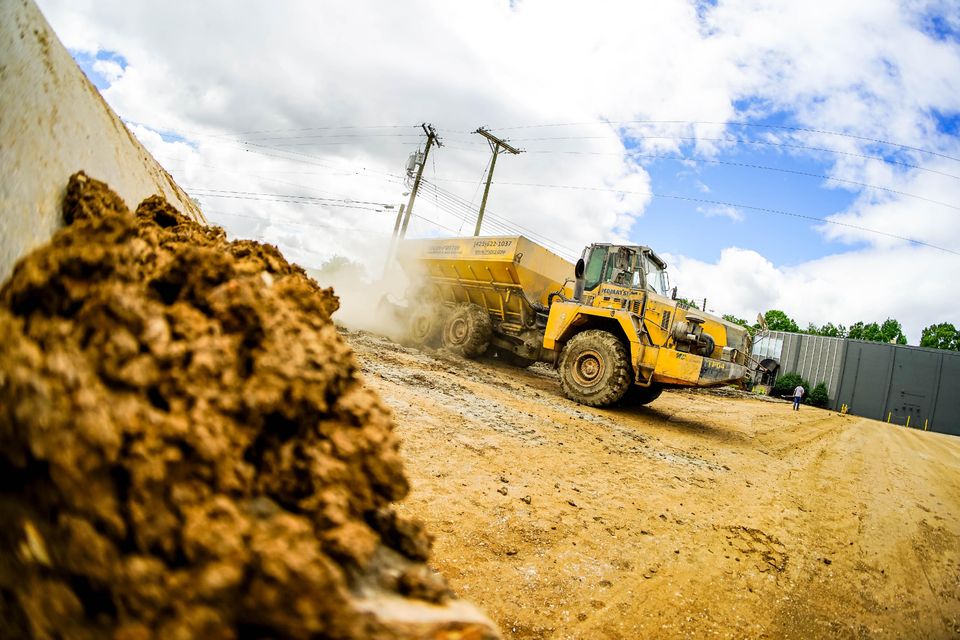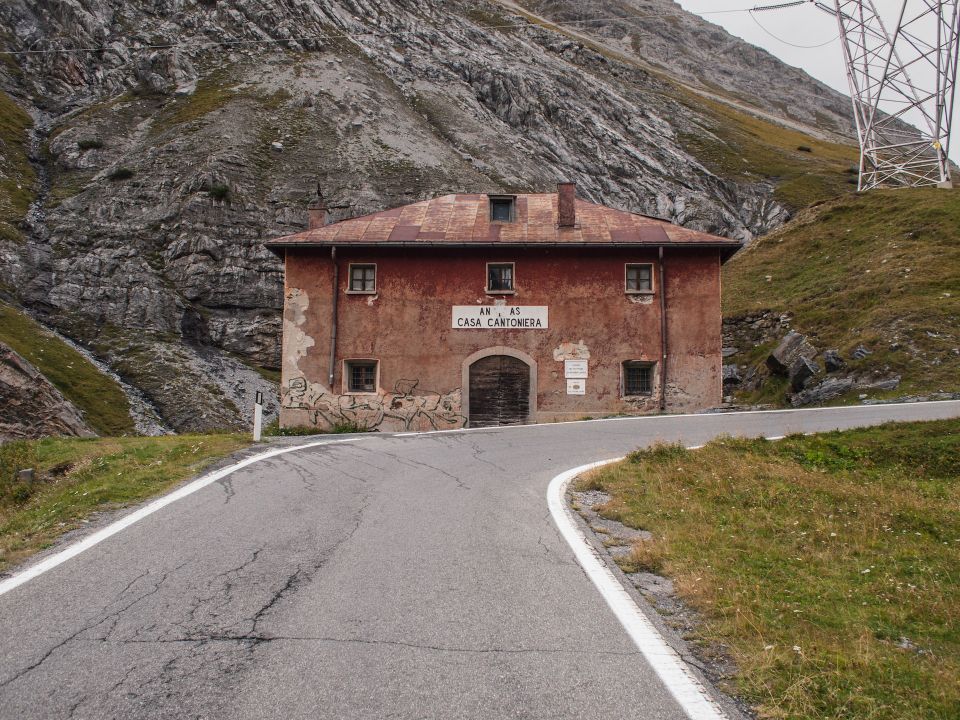Soil Stabilization and Full-Depth Reclamation in Chattanooga, TN
Soil stabilization and full-depth reclamation in Chattanooga are techniques that transform local dirt into formidable foundations. By enhancing the properties of the native soil, these methods significantly strengthen its durability, making it ideal for lasting structures such as roads and bridges.
However, beyond offering robust structural support, these practices also prove financially astute. They reduce the need for importing costly materials or outsourcing extensive groundwork, thus trimming budgetary fat from construction projects. Experience tells us that the scent of savings is even sweeter when you realize those dollars also contribute to sustainable building practices in the area.
Our soil stabilization and full-depth reclamation services in Chattanooga, TN, offer significant benefits, such as improving soil strength and durability, increasing load-bearing capacity, extending the lifespan of roadways, and reducing environmental impact through material reuse. These processes ensure stable and long-lasting foundations for construction projects, ultimately contributing to cost-effectiveness and sustainability.
However, beyond offering robust structural support, these practices also prove financially astute. They reduce the need for importing costly materials or outsourcing extensive groundwork, thus trimming budgetary fat from construction projects. Experience tells us that the scent of savings is even sweeter when you realize those dollars also contribute to sustainable building practices in the area.
Our soil stabilization and full-depth reclamation services in Chattanooga, TN, offer significant benefits, such as improving soil strength and durability, increasing load-bearing capacity, extending the lifespan of roadways, and reducing environmental impact through material reuse. These processes ensure stable and long-lasting foundations for construction projects, ultimately contributing to cost-effectiveness and sustainability.




